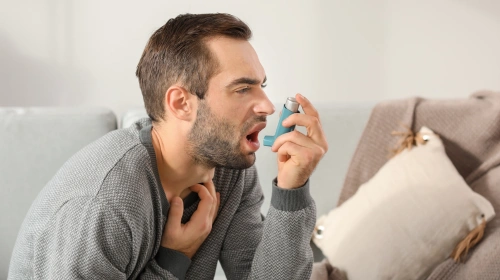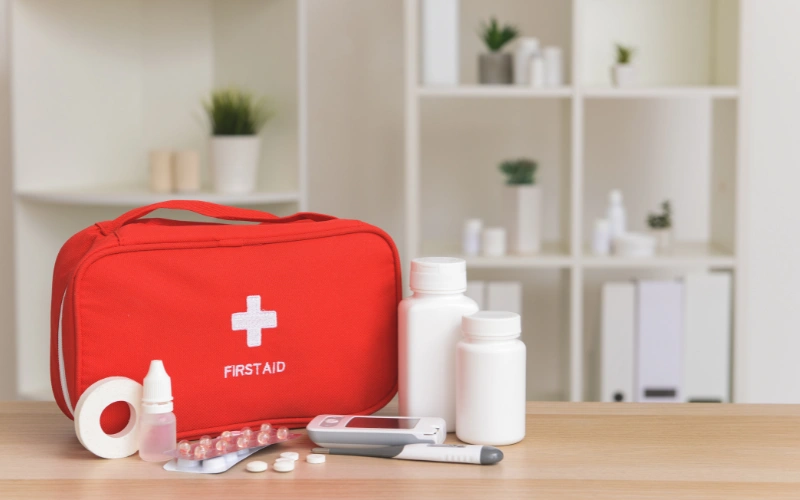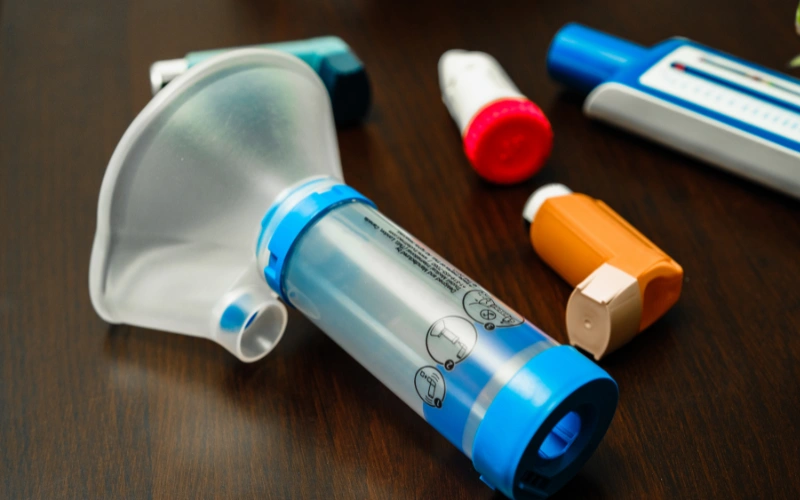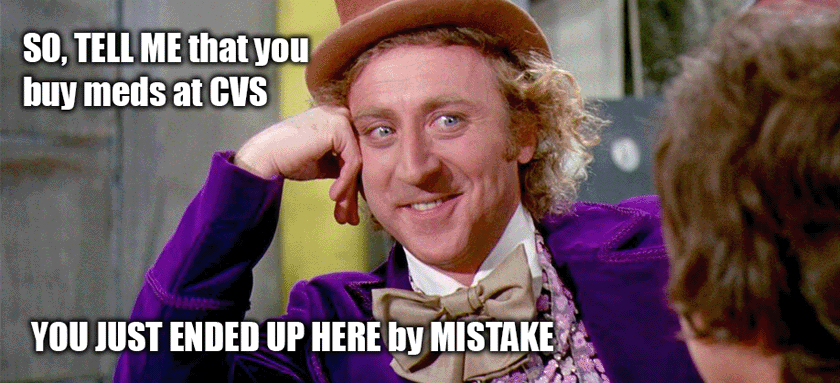Inhalers are very useful devices for managing asthma, COPD, and other related diseases, but a significant number of patients misuse them. It is possible to have poor symptom control due to simple mistakes in technique when delivering treatment. If you are either a beginner in using inhalers or if you have been using these devices for many years, it is helpful to refresh your memory with the right way of using inhalers. In this guide, you will be informed of the basic mistakes and avoidable practices when using an inhaler. It is important to understand and correct these issues so as to enhance your treatment outcome and breathing quality in 2025.
Basics of How to Use Inhaler Properly
Steps for Correct Inhaler Technique
When using an inhaler, one has to shake it and then exhale before inhaling the medicine that is contained in the inhaler. The mouthpiece should be put between the lips, and one has to blow into it while taking a deep breath. Take a breath out, but do it slowly; do not exhale for 10 seconds. This method is effective to deliver the medication to your lungs. Some of the patients fail to follow the steps in a proper manner or insist on taking less time, which reduces the outcomes.
Using a Spacer for Better Delivery
Another important suggestion that is usually given to consumers, especially those who have coordination difficulties, is a spacer. It contains a spacer that places the medication in a chamber so that you can breathe at your own rate, which enhances lung deposition. This is especially the case with children and elderly patients. Using a spacer is important even if you know how to use an inhaler because failure to use it might result in poor delivery and wasted doses. You should also discuss with your provider whether a spacer is suitable for your prescription.
What Not to Do When Using an Inhaler
Rushing or Skipping Key Steps
Among the things that should not be done when using the inhaler, one of the most significant is haste. Some patients do not exhale first, do not shake the inhaler, or inhale insufficient air. Failure to do so leads to the medication staying in the mouth or the throat rather than in the lungs. It is also important not to blow while using the inhaler, as this may cover up or pollute the equipment. This should take time, and avoid shortcuts that lead to these issues, hence maintaining a good regulation of the symptoms.
Improper Maintenance and Storage
One of the other mistakes that are often unnoticed is the improper care when using the inhaler and its storage. Cleaning the inhalers is recommended to be done weekly to avoid blockage and the presence of bacteria. Thus, the climate of storing them in either very hot or very cold conditions can reduce the efficacy of the medication. Some of the things patients do not know that need to be avoided when using an inhaler include the fact that the devices also require maintenance. Always check the dates of expiry, always replace the cap back on the device when not in use, and store the device as recommended to ensure it is effective through the entire course of the treatment.
Do You Swallow After an Inhaler? Answering a Common Concern
Why Rinsing Is Crucial After Use
Patients frequently ask healthcare providers whether they need to swallow after using an inhaler. Different inhalers have different instructions regarding swallowing after use. Swallowing after using a corticosteroid inhaler may cause throat discomfort as well as oral thrush development. You should clean your mouth with water and discard the water in your mouth through spitting. The routine of mouth rinsing afterward helps to prevent residue accumulation and minimize side effect risks. Failure to rinse before and after using your inhaler remains a widespread mistake that results in negative health effects, especially when you use your inhaler every day.
Dry Powder vs. Metered-Dose Inhalers
Each type of inhaler needs a specific set of post-treatment actions. Those who use dry powder inhalers must rinse their mouths but will encounter lower residue amounts than with metered-dose inhalers. Patients need to consult their doctor about mouth rinsing after inhaler use because the guideline depends on their specific medication prescription. Learning about these specific points between different inhalers enables better drug tolerance and decreases treatment complications. The small adjustment enables better protection for your respiratory system.
Improving Technique with Medical Guidance
Reviewing Usage During Checkups
The periodic assessment of inhaler usage by experienced users should take place during regular medical checkups. Healthcare professionals who examine your breathing technique will provide recommendations as well as guidance to improve your inhaler usage. You should bring your inhaler to your appointment if you need help understanding the proper usage method. A brief assessment of inhaler use leads to more effective medication distribution, which minimizes unwanted side effects. When healthcare providers detect patient mistakes that patients overlook, it remains important for patients to seek demonstrations from their healthcare providers.
Utilizing Digital Inhaler Technology
Modern smart inhalers pair with mobile apps to monitor medicine use while providing dose reminders and performance assessments of inhalation techniques to patients. The new innovations function as outstanding instruments to minimize mistakes, particularly among patients who use complicated medication schedules. Such technology provides standardized information about what users should not do when using an inhaler as well as when to change their devices. The 2025 era brings technology to respiratory health monitoring in a way that provides users with easy access to correct usage and consistent results.
Conclusion
A person requires inhalers to manage their respiratory conditions only through proper usage. The correct use of inhalers requires avoidance of standard mistakes, including incorrect technique and neglecting cleaning steps and device maintenance tasks. Your understanding of correct inhaler usage combined with avoidance of mistakes and decisions about swallowing after use will enable you to better control your treatment. Regular evaluation of your inhaler technique with your doctor should be accompanied by digital tools to help you maintain proper use. Patients who receive proper information about their healthcare in 2025 will make better health choices, which benefits their lung health.








